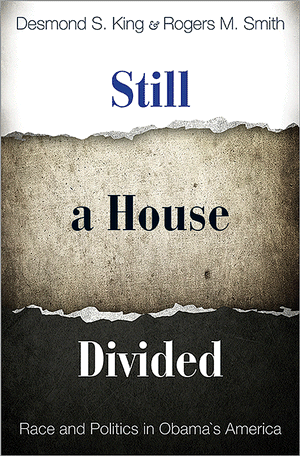Between Arab and White: Race and Ethnicity in the Early Syrian American DiasporaPosted in Books, History, Media Archive, Monographs, United States on 2012-09-30 03:29Z by Steven |
Between Arab and White: Race and Ethnicity in the Early Syrian American Diaspora
University of California Press
May 2009
296 pages
Paperback ISBN: 9780520255340
Hardcover ISBN: 9780520255326
PDF E-Book ISBN: ISBN: 9780520943469
Sarah Gualtieri, Associate Professor of History and American Studies and Ethnicity
University of Southern California
This multifaceted study of Syrian immigration to the United States places Syrians—and Arabs more generally—at the center of discussions about race and racial formation from which they have long been marginalized. Between Arab and White focuses on the first wave of Arab immigration and settlement in the United States in the years before World War II, but also continues the story up to the present. It presents an original analysis of the ways in which people mainly from current day Lebanon and Syria—the largest group of Arabic-speaking immigrants before World War II—came to view themselves in racial terms and position themselves within racial hierarchies as part of a broader process of ethnic identity formation.
Contents
- List of Illustrations
- Acknowledgments
- Note on Terms and Transliterations
- Introduction
- 1. From Internal to International Migration
- 2. Claiming Whiteness: Syrians and Naturalization Law
- 3. Nation and Migration: Emergent Arabism and Diasporic Nationalism
- 4. The Lynching of Nola Romey: Syrian Racial Inbetweenness in the Jim Crow South
- 5. Marriage and Respectability in the Era of Immigration Restriction
- Conclusion
- Epilogue: Becoming Arab American
- Notes
- Bibliography
- Index


